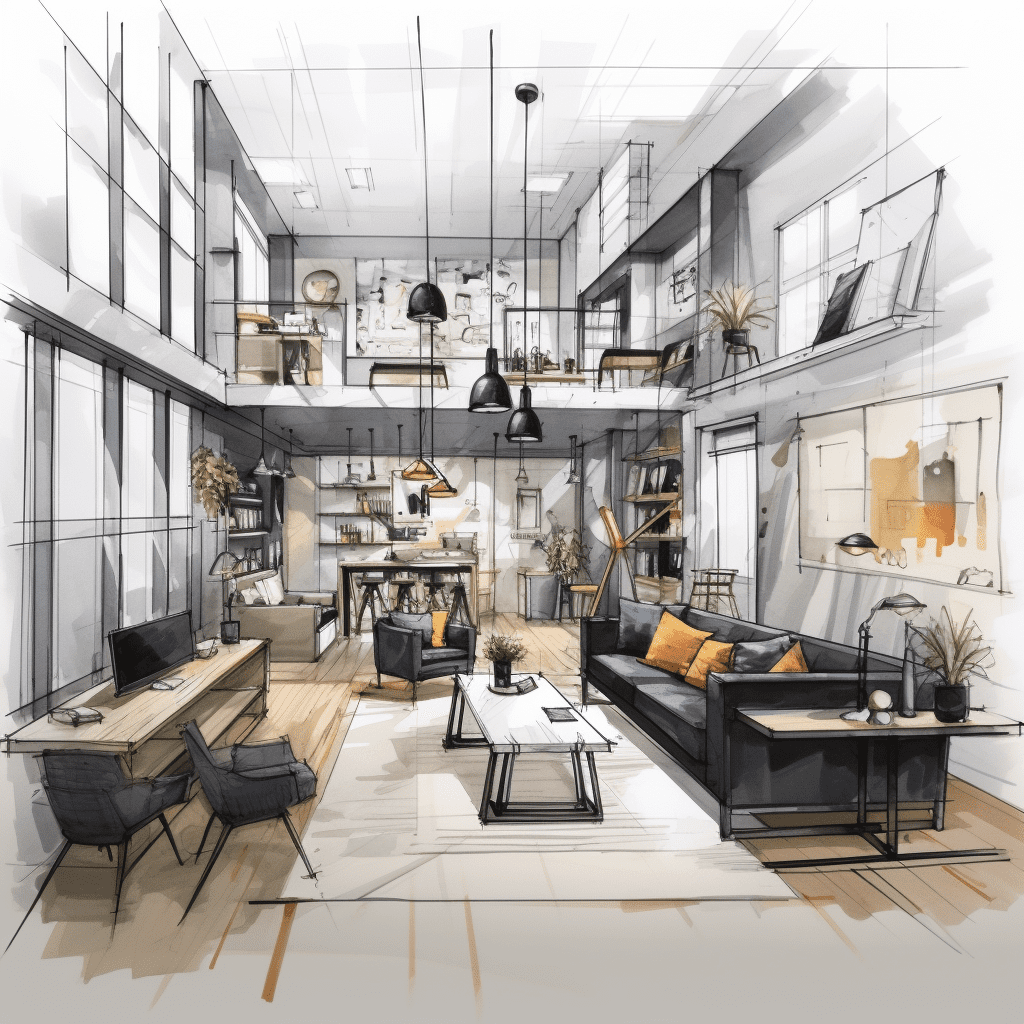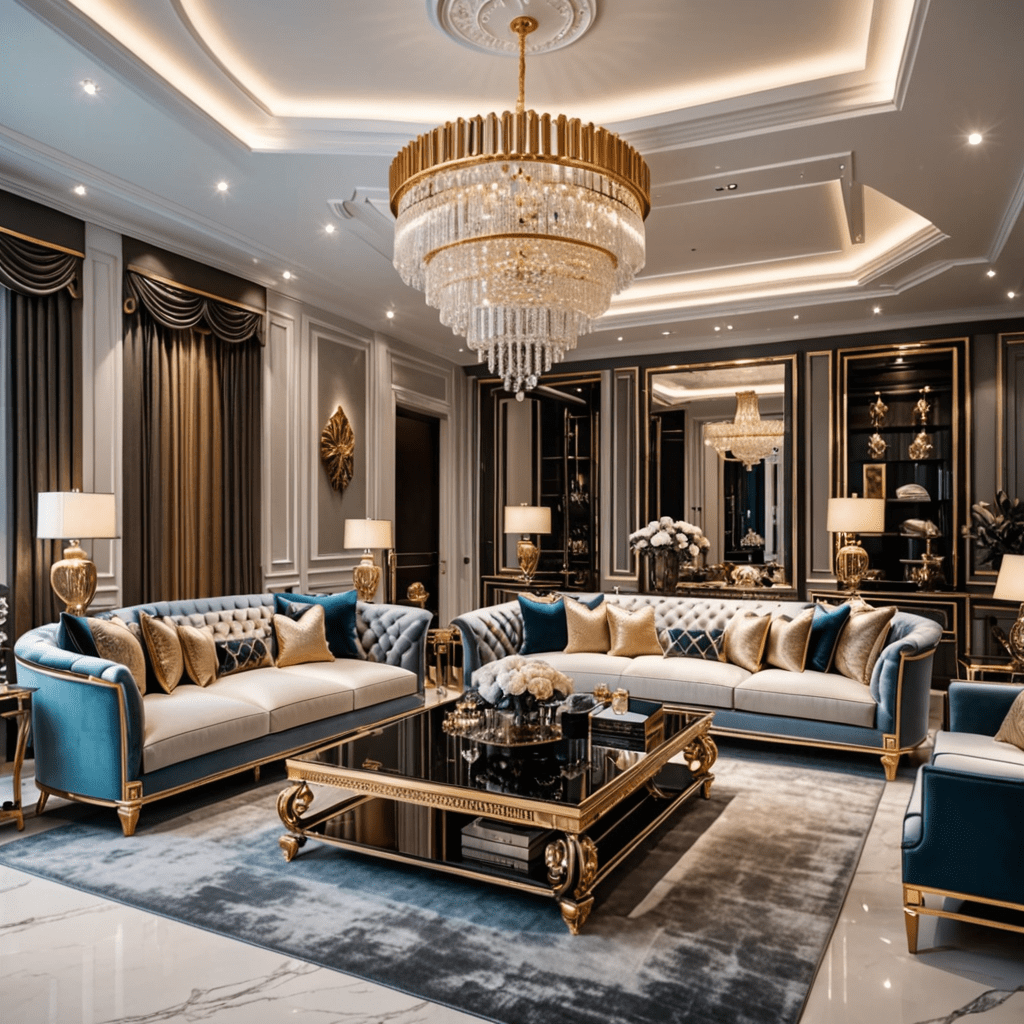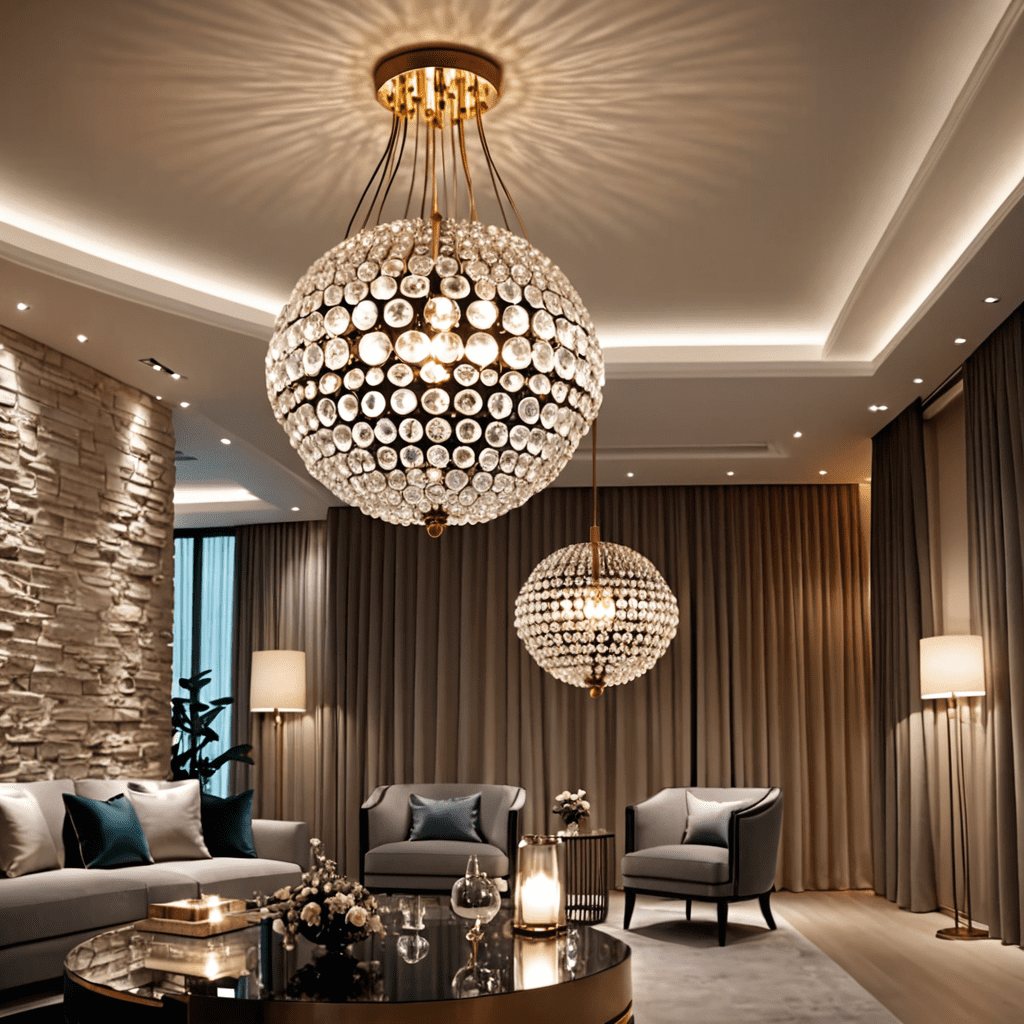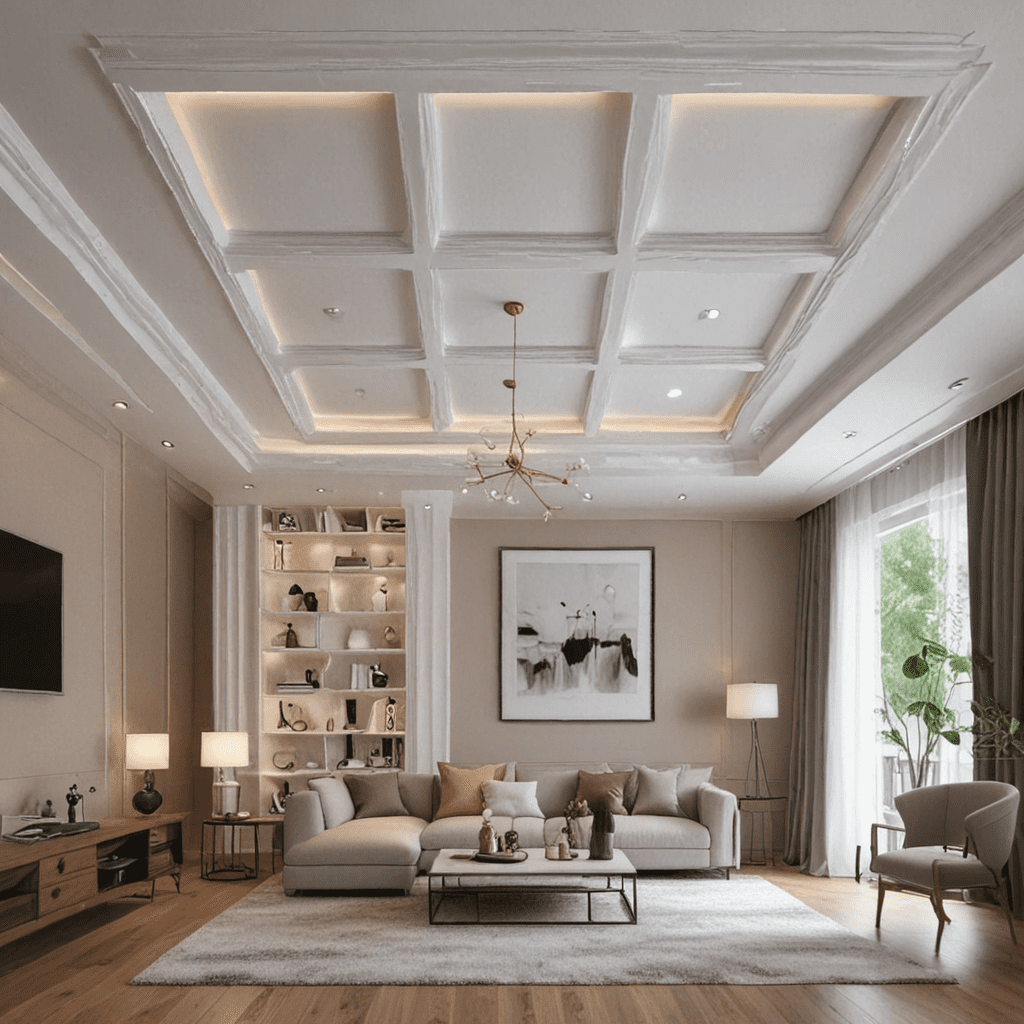How to Create a Home Sauna Design
Introduction to Home Sauna Design
Creating a home sanctuary where you can unwind and recharge is essential for maintaining a healthy and balanced lifestyle. And what better way to achieve that than by incorporating a home sauna into your living space? A well-designed home sauna not only provides physical benefits but also enhances the overall aesthetic appeal of your home.
In this article, we will explore key elements of home sauna design that you should consider, offer practical tips for selecting furniture pieces, and address frequently asked questions related to home sauna design. So, let’s dive in and discover how to create the perfect home sauna design that combines comfort, functionality, and style.
Key Elements of Home Sauna Design
When designing your home sauna, there are several key elements to consider in order to achieve a harmonious and inviting space. Let’s explore each of these elements in detail:
- Lighting: Proper lighting is crucial to creating the right ambiance in your home sauna. Consider incorporating dimmable LED lights that emit a warm and soothing glow. Additionally, installing indirect lighting behind wooden slats can create a cozy and relaxing atmosphere.
- Materials: Choose high-quality, heat-resistant materials to ensure durability and safety in your sauna. Cedar and hemlock woods are popular choices due to their resistance to warping and ability to retain heat efficiently. Additionally, natural materials such as stone or tile for the sauna floor can enhance both the aesthetic appeal and functionality of the space.
- Ventilation: Adequate ventilation is essential in a sauna to maintain air quality and prevent humidity buildup. Install a reliable ventilation system that can effectively circulate fresh air, remove excess moisture, and regulate the temperature inside the sauna.
Seating: The seating in your home sauna should be comfortable and heat-resistant. Opt for benches made from high-quality wood that can withstand high temperatures and provide ergonomic support. Consider incorporating different seating levels to accommodate various preferences and ensure optimal relaxation.
Heating System: The heating system is the heart of any sauna. Choose a heater that suits your specific needs and preferences, whether it’s a traditional wood-burning stove or a modern electric heater. Make sure the system is properly installed and meets safety regulations.
Sound System: To elevate your sauna experience, consider adding a sound system that allows you to enjoy soothing music or calming sounds. Opt for waterproof speakers that can withstand the heat and humidity of the sauna environment.
Privacy: Ensure that your home sauna design provides adequate privacy. Consider installing frosted glass doors or curtains to allow natural light while maintaining a sense of seclusion. Additionally, strategically placed plants or partition walls can create a more intimate and private atmosphere.
Tips for Home Sauna Design
Designing a home sauna that not only complements your space but also enhances its overall aesthetic requires careful consideration. Here are some practical tips to guide you:
- Consider the available space: Assess the available space in your home and determine the size and layout of the sauna that will best fit your needs. Keep in mind that a sauna requires proper insulation, ventilation, and clearance around the heater.
- Subtip: If space is limited, consider a pre-fabricated sauna or a sauna-in-a-closet design, which can be a space-saving alternative.
- Choose a style: Decide on the style that best matches your home decor. Whether it’s a rustic, traditional sauna or a sleek and modern design, ensure that it harmonizes with the overall aesthetic of your space.
Balance aesthetics and functionality: Select furniture pieces that not only add to the visual appeal of the sauna but also serve a functional purpose. Consider incorporating storage solutions for towels and other essentials, as well as comfortable seating options.
Experiment with lighting: Lighting plays a significant role in creating the desired ambiance in your sauna. Try different lighting techniques, such as incorporating LED strips or color-changing lights, to create a tranquil and relaxing environment.
Accessorize wisely: Use natural elements such as plants, stones, or artwork to add a touch of personality to your sauna. However, be mindful of the materials used, ensuring they are suitable for the sauna environment.
Consider temperature and humidity control: Invest in a sauna control panel that allows you to adjust the temperature and humidity levels according to your preference. This feature ensures a comfortable and customizable sauna experience.
FAQ about Home Sauna Design
Question 1: Can I install a home sauna in a small space?
– Answer: Yes, even in small spaces, you can install a home sauna. Consider space-saving options such as pre-fabricated saunas or sauna-in-a-closet designs. Work with a professional to ensure proper insulation and ventilation.
Question 2: How do I maintain the cleanliness of my home sauna?
– Answer: Regular maintenance is essential to keep your home sauna clean. Wipe down surfaces with a mild disinfectant, clean the heater, and ensure proper ventilation to reduce moisture buildup. Regularly launder sauna towels and consider using antimicrobial wood treatment for the benches.
Question 3: What is the ideal temperature for a home sauna?
– Answer: The ideal sauna temperature varies depending on personal preference, but a typical range is between 160°F and 190°F (70°C and 90°C). It’s important to start with lower temperatures and gradually increase to avoid discomfort or overheating.
Question 4: Can I incorporate a home sauna into my bathroom design?
– Answer: Yes, incorporating a home sauna into your bathroom design can be a great way to maximize space and create a spa-like atmosphere. Consult with a professional to ensure proper insulation, ventilation, and safety measures.
Question 5: How can I make my home sauna energy-efficient?
– Answer: To make your home sauna energy-efficient, consider investing in a well-insulated sauna, using an energy-efficient heater, and ensuring proper ventilation. Additionally, incorporating a timer and sauna control panel allows you to manage the sauna’s usage efficiently.
Creating a home sauna design that maximizes relaxation and rejuvenation requires careful consideration of key elements, practical tips, and addressing common questions. By integrating these design principles into your home sauna, you can create a luxurious and inviting space that enhances your overall well-being. Let your home sauna design be a reflection of your personal style and a sanctuary for relaxation and tranquility.





